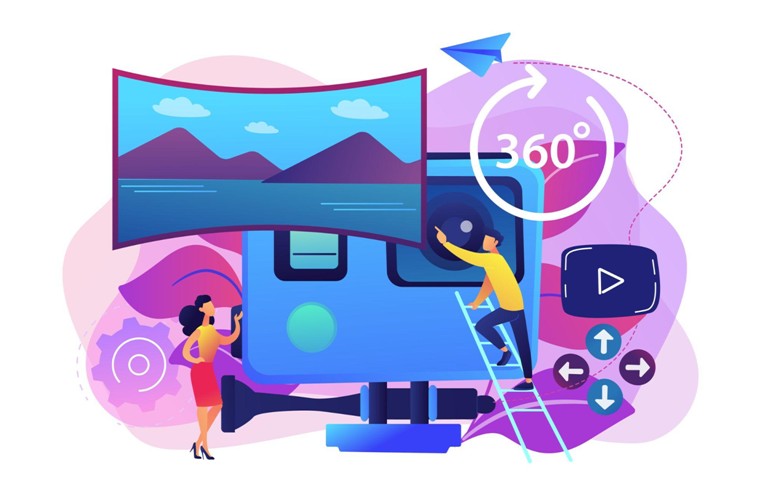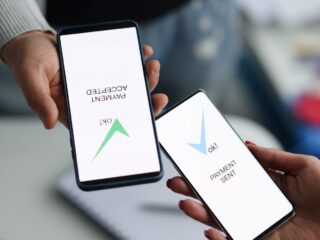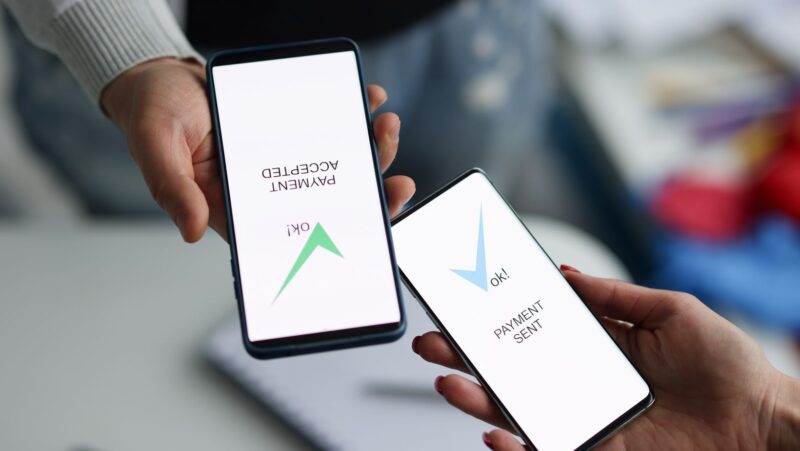
Scaling live TV streaming is a major technical and operational challenge. Unlike VOD, it requires real-time encoding, ultra-low latency, and smooth playback across a wide range of devices and networks. As subscriber expectations for streaming services continue to rise—especially around live events—it becomes critical to ensure high Quality of Experience (QoE) across every touchpoint.
This article examines the key components and strategies necessary for scaling live streaming services without compromising playback quality.
The Unique Challenges of Scaling Live Streaming
Scaling live streaming differs significantly from scaling VOD services. Key challenges include:
- Latency management: Minimizing delays to provide real-time viewing experiences, crucial for live events.
- Stream replication: Ensuring consistent stream quality across multiple regions and devices.
- Adaptive Bitrate Streaming (ABR): Dynamically adjusting video quality based on network conditions to prevent buffering.
- Infrastructure resilience: Handling sudden spikes in viewership without service degradation.
Operators need a holistic approach that brings together encoding, content delivery via CDN network solutions, and user experience management.
How to Build a Scalable Live Streaming Workflow
Scaling live streaming services without compromising playback quality requires a meticulously designed workflow that addresses each stage of the content delivery process. From content ingestion to playback, every component must be optimized for performance, reliability, and scalability.
1. Robust Content Ingestion
The ingestion phase is the entry point of live content into the streaming workflow. Utilizing protocols like RTMP (Real-Time Messaging Protocol) and SRT (Secure Reliable Transport) ensures low-latency and secure transmission of live feeds from the source to the processing infrastructure. Implementing redundant ingest points across multiple geographic locations can mitigate the risk of single points of failure, ensuring continuous content availability even during network disruptions.
2. Real-Time Encoding and Transcoding
Once ingested, live content must be encoded and transcoded into multiple formats and bitrates to accommodate diverse devices and network conditions. Employing hardware-accelerated encoders can significantly reduce processing time and latency. Adaptive Bitrate Streaming (ABR) techniques dynamically adjust the quality of the stream in real-time, enhancing the viewer’s experience by minimizing buffering and playback interruptions.
3. Efficient Packaging and Segmentation
After encoding, content is packaged into small segments and formatted for delivery via HLS or MPEG-DASH. This segmentation facilitates smoother streaming experiences, allowing players to quickly switch between different quality levels based on the viewer’s bandwidth and device capabilities.
4. Scalable Content Delivery Network (CDN) Integration
Integrating with a robust CDN is crucial for distributing live content to a global audience efficiently. A multi-CDN strategy can further enhance scalability and redundancy, automatically directing traffic through the most optimal routes to reduce latency and prevent bottlenecks. Edge caching and load balancing techniques within CDNs ensure that content is delivered from the nearest possible location to the viewer, improving load times and reducing server strain.
5. Middleware Orchestration and Management
Middleware serves as the control center for managing various components of the live streaming workflow. It handles tasks such as session management, authentication, analytics, and integration with third-party services. Effective middleware solutions provide real-time monitoring and automation capabilities, enabling quick responses to issues and facilitating seamless scaling during peak traffic periods.
6. Adaptive Playback and User Experience Optimization
The final stage involves delivering the content to end-users through players that support adaptive streaming protocols. Ensuring compatibility across a wide range of devices and platforms is essential. Implementing features like start-over, catch-up TV, and Electronic Program Guides (EPG) enhances user engagement and satisfaction. Continuous monitoring of playback metrics allows for proactive adjustments to maintain optimal Quality of Experience (QoE).
Conclusion
Scaling live streaming services without compromising playback quality demands a comprehensive strategy that addresses encoding efficiency, content delivery robustness, and user experience enhancements. By investing in hardware-accelerated encoding, adopting a multi-CDN approach, and implementing intelligent middleware orchestration, OTT operators can meet the growing demands of live audiences while ensuring a high-quality viewing experience.
For OTT providers seeking to enhance their live streaming capabilities, exploring integrated solutions that offer end-to-end support—from content ingestion to user interface—can provide a competitive edge in delivering seamless live experiences.












